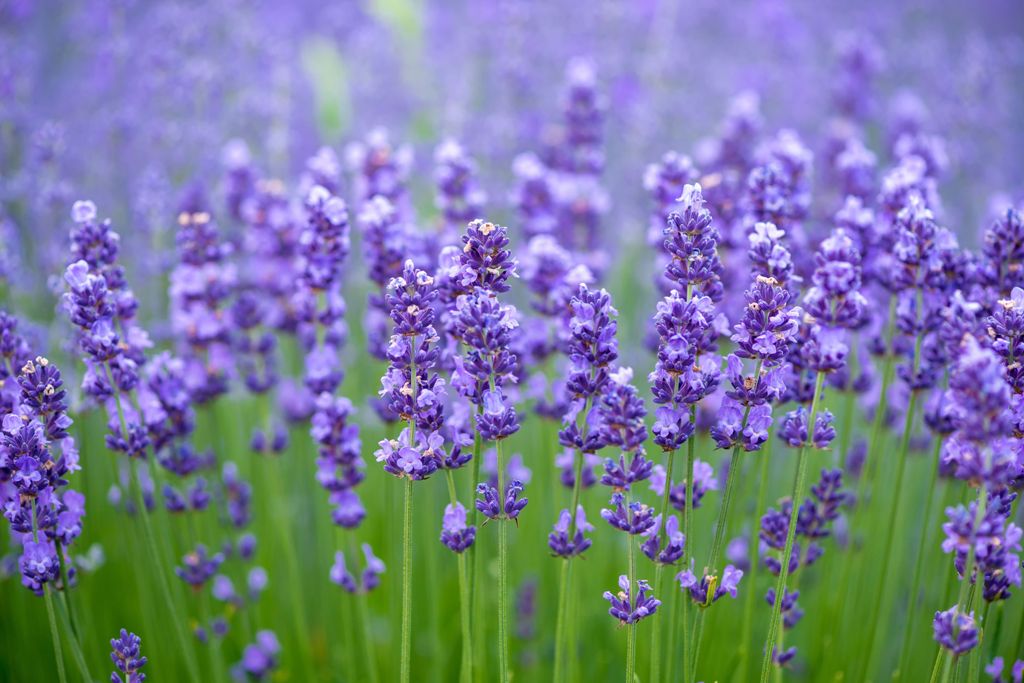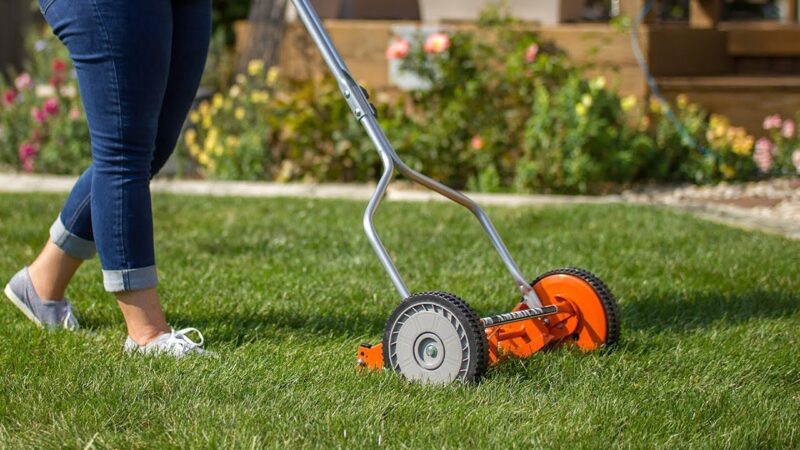How to Grow and Care for Lavender Herb Plant

An easy to grow plant that adds gorgeous beauty to your garden and also provides a ton of benefits? Well, that’s lavender for you. Even though lavender is quite renowned for its beauty with its purple-colored flowers, most people are not aware of the fact that the lavender has culinary and medicinal properties too. In fact, even the color lavender is named after the beautiful shade of this plant. Originally, the color lavender was meant for the flower alone, but now even lighter shades of the color purple or violet are known as lavender. This article will tell you everything you need to know about growing lavender.
You can use lavender for various purposes, including extracting its oil. The plant has this unique aroma both when they are fresh and when they are dry, and this combined with lavender oil just gives an overall soothing effect. Read on to know more about this beautiful plant.
Origin and Family
Going by the scientific name Lavandula, lavender is a flowering plant that comes from the mint family Lamiaceae. Lavenders are mostly used as ornamental plants, extraction of essential oils, and as a culinary herb in all regions across the world. Even though they are found in different parts of the globe like Europe, Africa, Mediterranean regions, Asia, and even India, they are mostly cultivated extensively throughout temperate regions.
Even though lavender has been used as a medicinal herb for many centuries now, there isn’t significant clinical evidence to prove the effectiveness of lavender in improving the overall health of a person or in battling any disease. Yet it is hugely commercialized as an essential oil that calms/ soothes your mind and body.
Features of the Lavender Plant

Lavenders are small, perennial, and spreading shrubs. The y have long and thin flowering shoots with grey-green foliage. But the shape and size of leaves vary in different species across the genus. While some species of lavender have broad and pinnately toothed leaves, in others, it may be thin and multiple pinnate. The leaves are usually covered with fine star-shaped hairs known as trichomes, which is the source of essential oils. The flowers are borne on inflorescence in shoots or spikes, and each spike is usually about 2-40 cm long. The plants can last up to 30 years and also grow as long as 15.6 inches in height.
The flowers are also borne in whorls and held on spikes. The whorl usually consists of 6-10 flowers in each cluster, and these spikes are usually found above the foliage. The flowers are usually small, with both the calyx and corolla being tube-shaped. After the leaves and the trichomes, the flowers are the next part of having the highest concentration of oils. They also produce nectar in abundance and attract several species of bees, thus being a great pollinator plant too. The most prominent types of lavender cultivated across the world including English lavender (Lavandula angustifolia), Spanish lavender (Lavandula stoechas), French lavender (Lavandula dentate), sweet lavender (Lavandula Heterophylla), Fernleaf Lavender (Lavandula Mutlifida), and woolly lavender (Lavandula Lanata).
How to Grow Lavender

Lavender is very easy to grow, and it can also be accommodated in most types of temperatures and climates. However, there are different timings for each type of lavender to be grown. English lavenders are best cultivated in June to August, and French lavender prefers early summer to fall, Spanish lavender can be cultivated during mid to late summer, and the same is the case with lavandin also. The bloom times, colors, flowers, shapes, and sizes of each variety may thus vary, but other than that, most lavenders share the same growing practices.
Soil and Sun Required
Full sun and bright sunlight are all this plant needs to grow to its full ability. In many cases where lavender plants die and wither in your gardens, it is most likely due to overwatering of the plant. Too much shade or high humidity can also cause the plant to rot away. Therefore, ensure that the plant receives sunlight in abundance and is planted in well-drained soil. Air circulation between plants is essential, and there needs to be ample spacing between the plants. There should be space of at least 2-3 feet between each plant 3-6 feet between each row of the plant. Once they have been established, lavenders can manage on their own, and the plants are also drought tolerant. However, don’t forget to water them at regular intervals.
Fertilizing and Aftercare
Just like too much water can kill the plant, too much fertilizer can also do the same. A good layer of compost around the soil is only needed in most cases. If really needed, then a light application of slow-release fertilizer is all the plant needs. An abundance of nutrients will only damage the plant. For aftercare, make sure to remove faded blooms so that it doesn’t hinder blossoming of other blooms. A light pruning is also suggested. Harvesting the plant is usually done by hand, and machines are used in large and commercial farms only. If you are harvesting to extract essential oils, then the best practice is to harvest them when only half or one-third of the florets are open.
Lavenders are adaptable to a variety of temperatures. But in areas of high humidity and severe rainfall, they won’t thrive. The plant basically requires only very less water to grow and is therefore recommended to be grown in areas of bright sunlight with less shade.
They don’t take much time. They can take anywhere between as little as 14 days to almost about a month to start germinating.
Dead blooms may cause the rest of the plant from blossoming. Therefore you can either deadhead the plant or simply remove the dead blooms. This will promote the overall blossoming o the plant as well as promote bushier growth.





